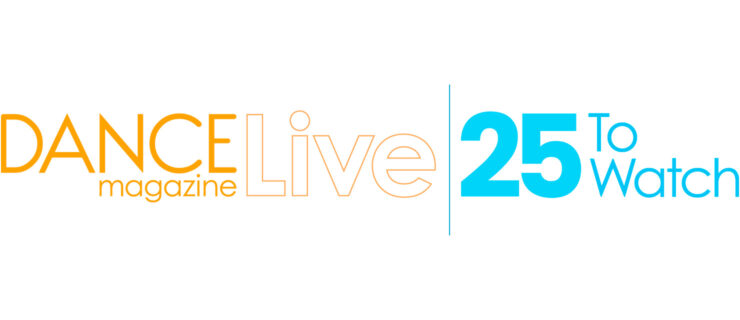Once Again (For the Very First Time) Star Jeroboam Bozeman on His Foray Into Acting and Working With Rennie Harris
Described as a “hip-hopping supernatural fantasy,” Boaz Yakin’s new film, Once Again (For the Very First Time) follows DeRay, a dancer, and Naima, a spoken-word poet, as they navigate life, trauma, and love against the backdrop of a surreal New York City. It packs a remarkable amount of dance into its 106-minute run time. The choreography, by hip hop icon Rennie Harris, alternates between tender contemporary movements and powerful dance battles. Leading the charge is Jeroboam Bozeman, who just concluded an 11-year run with Alvin Ailey American Dance Theater and was encouraged by Harris to audition for the lead role of DeRay.
Bozeman sat down ahead of Once Again’s upcoming theatrical release to discuss the film’s creative process.
What was it like working with Rennie Harris? Had you worked with him before?
I’ve known Rennie for years and have been fortunate enough to perform in many of his works. He explained how my character, DeRay, needed to be versatile—he needed to embody hip hop and house, but also have a contemporary flair. It was a very collaborative process, and I was given a lot of room to interpret the movement.
And what was it like crossing over from your usual contemporary dance lane into different genres?
Rennie incorporated so much into the film. There’s house, there’s tutting, there’s breaking, there’s waacking, there’s voguing—and I’m not good at all of those things! I did tons of research to home in on each style. During the process, I just felt grateful, because I had Rennie there next to me, in my ear, helping me through.
What are some of the differences between dancing onstage versus for a camera, and how did you navigate them?
On camera, you don’t need to do as much. Everything reads so much more intensely. The small nuances of your facial expressions are captured and magnified. During a live performance, anything can happen. But on film, I can forget a phrase or a line, and all anyone has to do is say “Cut! Let’s try it again from the top.” If I didn’t like a certain take, I could do it again and explore—I had so much room to explore.
What do you hope audiences take away from the film?
I hope that audiences go in with no expectations and remain open and receptive. There is so much to digest in this film—it’s not your ordinary dance film. I hope people become invested in the characters and their journeys, because they’re representing things we’ve all experienced in some capacity, like fraught or toxic relationships, and our responses to such things.





